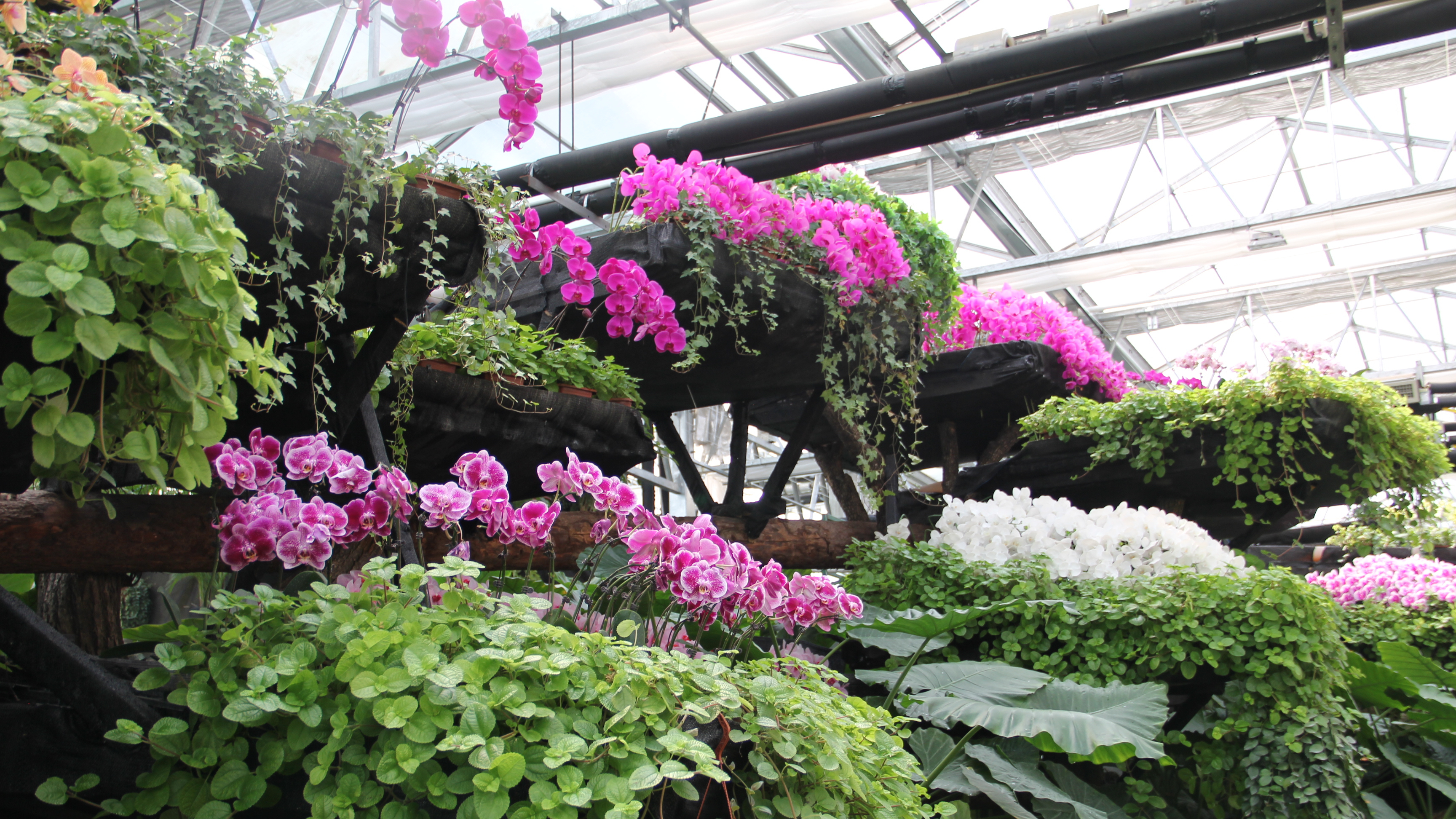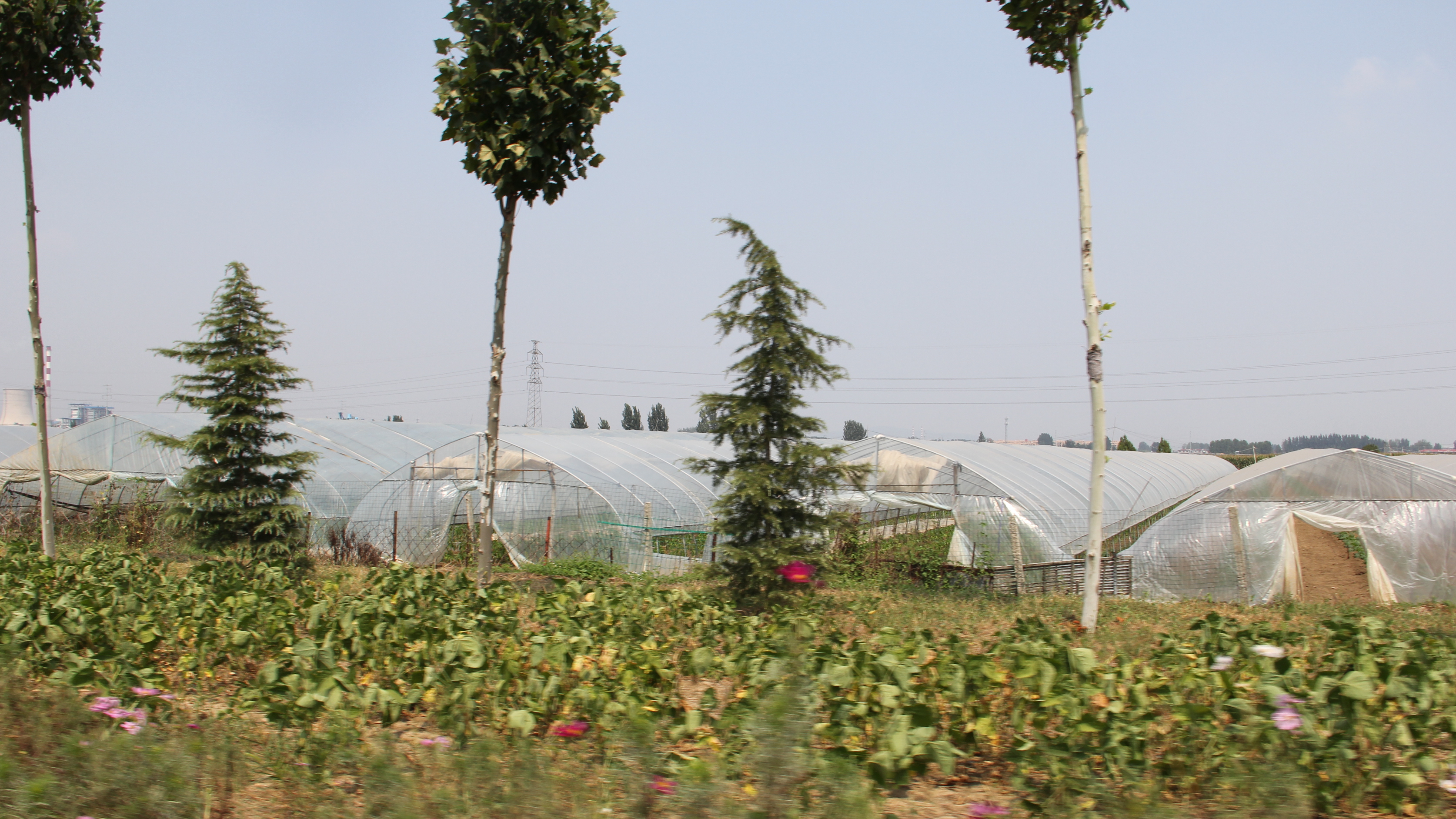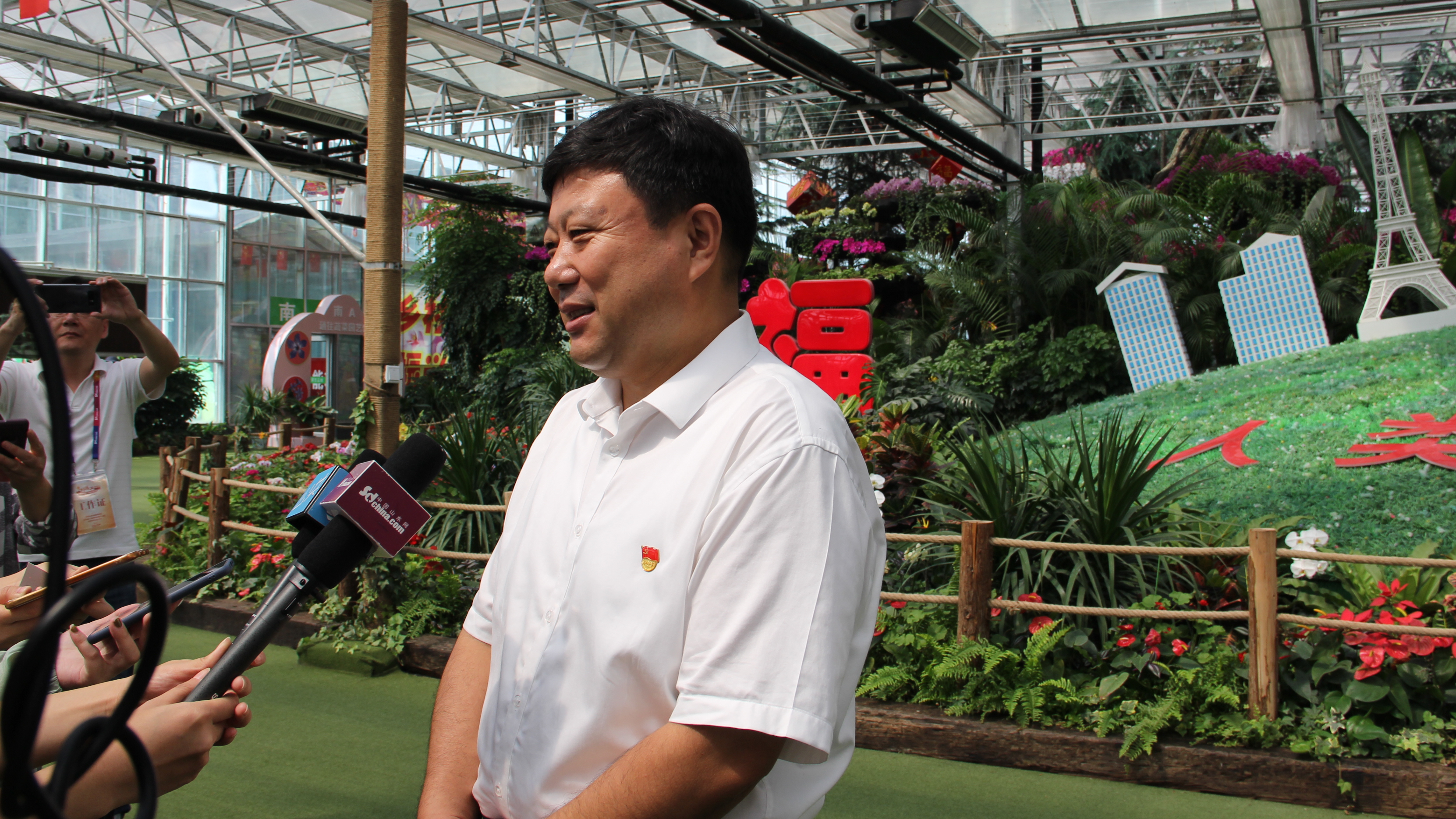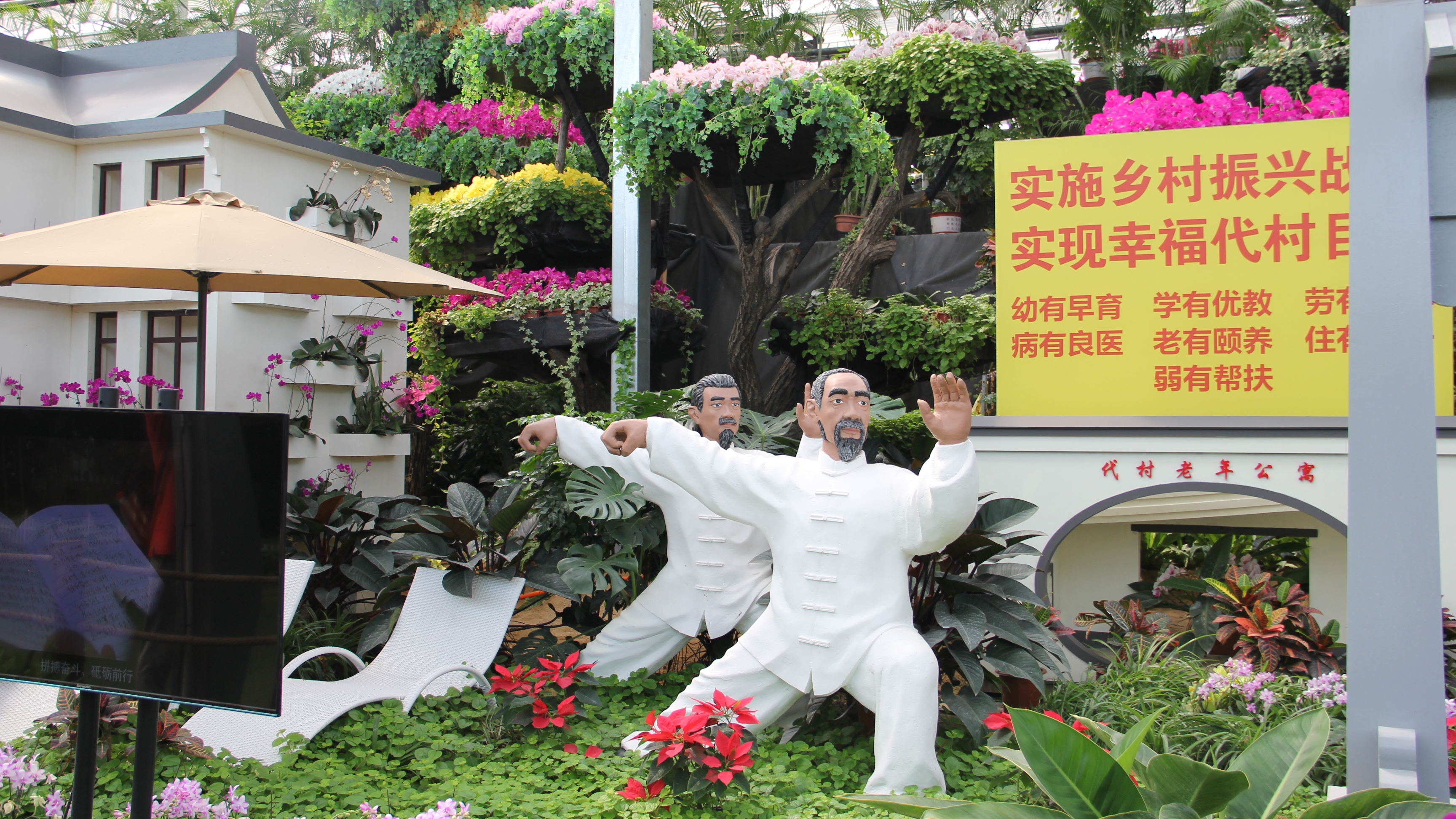

A glance at Lanling National Agricultural Park in Dai village, Lanling, east China’s Shandong province, September 6, 2019. /CGTN Photo
The story of China's land reform usually goes like this. Farming was inefficient when collectivized, and it was only after market reform that it became more profitable and more efficient – it's a story we have heard a thousand times before.
The experience of Dai village, a remote settlement of a few thousand people in east China's Shandong Province turns this perception on its head.
Organized under the People's Commune system from 1958 to 1983, the village's land was collectivized and closely governed. This period saw Dai village earn special recognition from Beijing for its high productivity.
However, in the 1990s the village struggled to adapt to the new household responsibility system. This saw land distributed to households, directing agricultural revenue to individual owners rather than a collective pool of profits like the former system.
However, poor management and unequal land distribution led to land grabbing and unauthorized building work. The three settlements that make up Dai village fought over resources, and debts soared to the extent that each villager owed on average 1,000 yuan.

A view of Dai village's greenhouses, September 6, 2019. /CGTN Photo
The change
A glimmer of hope came when the village elected Wang Chuanxi as its new Party secretary in 1999. He identified land redistribution as the hard but essential task at hand.
Dai village was also struggling from the effects of rural-to-urban migration, with residents moving to cities and leaving land unfarmed.
Village authorities began reacquiring land management rights from residents in 2002, before leasing it back out to households, cooperatives and companies willing to farm it. The aim was to pave the way for infrastructure building and scaling up agricultural production.
"We made an enormous effort in persuading the villagers out of the old way of thinking" Wang told CGTN. "We would first demonstrate [our plans], when it worked, the villagers followed suit," he continued.

Wang Chuanxi, Dai village’s Party secretary, in interview with reporters, September 6, 2019. /CGTN Photo
Local leaders learned from other model villages while innovating according to Dai village's particular conditions, according to Wang.
Other efforts included inviting agricultural experts to provide training sessions to villagers, or arranging trips for villagers to better developed villages to show them different development models.
By 2005, all of the village's 2,600 acres of farmland were under cultivation, and in 2007 Dai acquired the management rights of 7,000 more acres from five neighboring villages.
Collectivization with market characteristics
Re-collectivization does not mean a 21st century commune. The only assets being pooled together are land-management rights, with operations on the land following market principles. Wang said that the market-oriented operation is vigorous, more accurate and more practical.
"We encourage and support villagers'employment and entrepreneurship by building platforms for their enrichment, and allow each villager to get his due," he added.

A demonstration of Dai village's retiree apartments in the Lanling National Agricultural Park, September 6, 2019. /CGTN Photo
Dai village has established a modern agricultural company and also moved into the tourism sector. 2018 saw the village collectively amassed 2.8 billion yuan in value of output and made 120 million yuan in profit. The 3,600 villagers overcame their debts, with per capita net income reaching 68,000 yuan.
A portion of the profits go towards the village's benefits system, providing access to basic health insurance, retiree apartments for elderly residents and student scholarships.
New policy support
When the national Rural Revitalization Strategy was implemented in 2018, agricultural banks introduced preferable policies to support villages.
The Agricultural Bank of Lanling signed loan agreements with Dai village earlier this year, and will provide low-interest loans worth one billion yuan over the next three years, which will go towards the industrialization and improvement of the village's agricultural infrastructure.

Employees fixing a tomato tree in the Lanling National Agricultural Park, September 6, 2019. /CGTN Photo
New challenges
Dai village has constructed greenhouses and established cold chain logistics to boost its farming business. The village's agricultural products are sorted, packaged, processed and transported to cities like Shanghai and Beijing in the village's 50,000 trucks. Roughly 20 to 30 percent of the products are currently sold through e-commerce.
However, farming remains a sector exposed to market fluctuations, and Dai's authorities have acknowledged the relatively low value added in selling rough produced agricultural products. The village is expanding its vegetables deep-processing methods as a way of dealing with market uncertainties and generating more profit.
Dai officials have also visited countries including Israel, Germany, and the Netherlands to learn from different agricultural development models. The village also exports garlic and burdock to Japan, South Korea and Europe, the latter a region that it is keen on expanding in further.
Editor: CGTN's Nick Moore

Copyright © 2018 CGTN. Beijing ICP prepared NO.16065310-3
Copyright © 2018 CGTN. Beijing ICP prepared NO.16065310-3